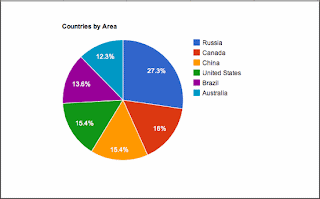 Definition of HORTATORY EXPOSITION is a
type of spoken or written text that is intended to persuade the listeners or
readers that something should or should not happen or be done.
Definition of HORTATORY EXPOSITION is a
type of spoken or written text that is intended to persuade the listeners or
readers that something should or should not happen or be done. Hortatory is similar to analytical exposition but if we have to differentiate both from one to each other, we have one useful tool by making analysis on the generic structure. What makes hortatory different from analytical exposition is the last finalizing step which analytical exposition is ended by a reiteration while hortatory is finalized by certain a recommendation.
Social Function :
To persuade the reader or listener
that something should or should not be the case.
Language
Feature of Hortatory Exposition Text :
1)
Focusing
on the writer
2)
Using
action verb
3)
Using
modal adverb; certainly, surely, etc
4)
Using
temporal connective; firstly, secondly, however, therefore, etc)
5)
Using
evaluative words; important, valuable, trustworthy, etc
6)
Using
passive voice
7)
Using
simple present tense
8)
The
use of modals and adverbs (e.g. may, must, should, etc)
9)
The
use of emotive words (e.g. worried, alarmed etc)
10)
The
use of words that qualify statements (e.g. usual, probably etc)
11)
The
use of subjective opinions using pronouns I and we
Generic
Structure of Hortatory Exposition Text :
1)
Thesis : Statement or announcement
of issue concern
2)
Arguments : Reasons for concern that
will lead to recommendation
3)
Recommendation : Statement of what should
or should not happen or be done based on the given arguments
Example 1 of Hortatory
Exposition Text
Mobile Phones Should Not be Banned in
School [Tittle]
Mobile phones is not used just for
calling, but sending text, taking pictures, accessing internet, and much more.
Many students bring their phones to school. For them, mobile phone has many
uses. So, mobile phones should not be banned in school. Why do I said
that? [Thesis]
Firstly, students call their parents for
other needs. By mobile phone, student can call or their close relative if they
need something to be brought to school. In addition, mobile phone can be used
to call their children when one of their family were hit by disasters suddenly.
And then, student can called their parent to pick her up when want to go
home. [Arguments]
Secondly, increased of knowledge among
students. When trying to find answer of difficult task at school, mobile phone
can be used as a connecting to search the answer through GPRS or WiFi
networks. [Arguments]
Finally, expand the network of friendship
among students. School is the right place to find friend. Average, student been
at school about 7 hours or more. So that, a lot of students found their friend
in the school environment . Therefore, communication between friends should be
kept on of which using a mobile phone. [Arguments]
So, I think mobile phone should not be
banned in school. But, use your phone in the time and right place so that no
one was disturbed. [Recommendation]
Example 2 :








.jpg)

.jpg)